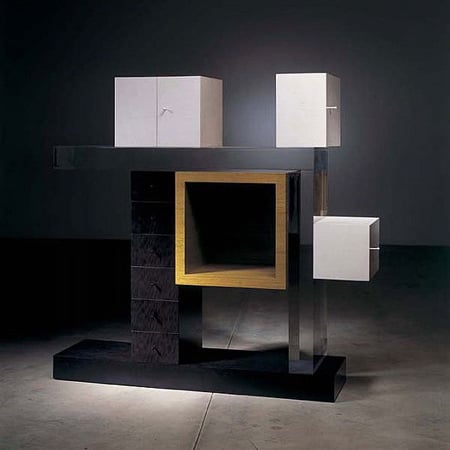
Ettore Sottsass at Friedman Benda Gallery
An exhibition of new work by designer Ettore Sottsass will inaugurate the new Friedman Benda Gallery in New York next month.
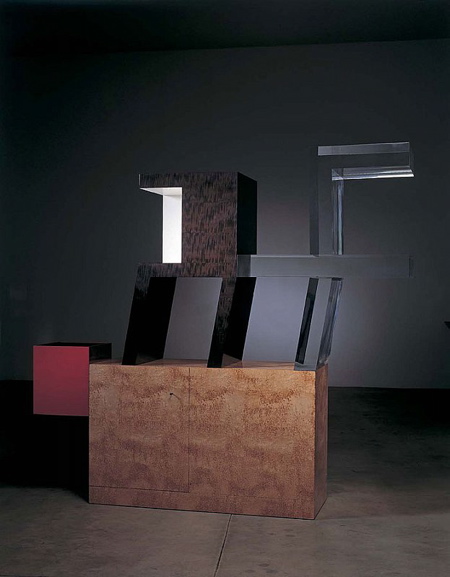
The gallery, in West 26th Street in Chelsea, is being opened by dealers Barry Friedman and Marc Benda.
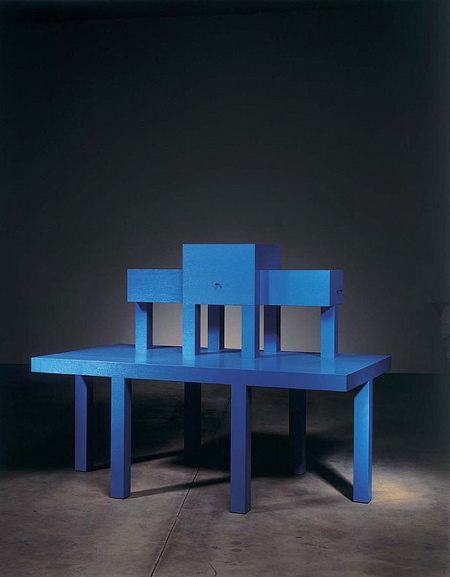
Sottsass will show a collection of new furniture and glass pieces at the show, which runs from September 19 to October 27.
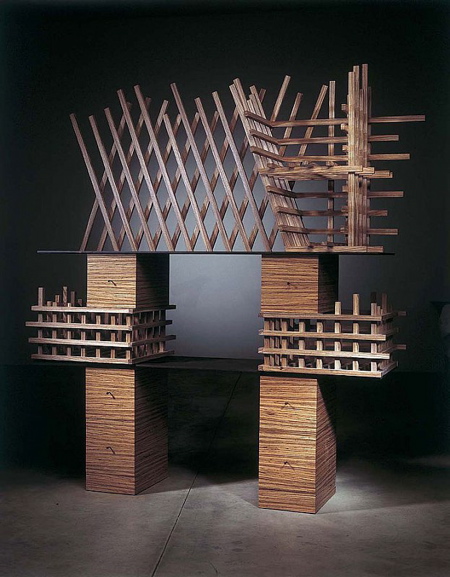
Press release follows:
--
FOR IMMEDIATE RELEASE
IMPORTANT EXHIBITION OF NEW WORK BY ARCHITECT ETTORE SOTTSASS TO INAUGURATE FRIEDMAN BENDA GALLERY
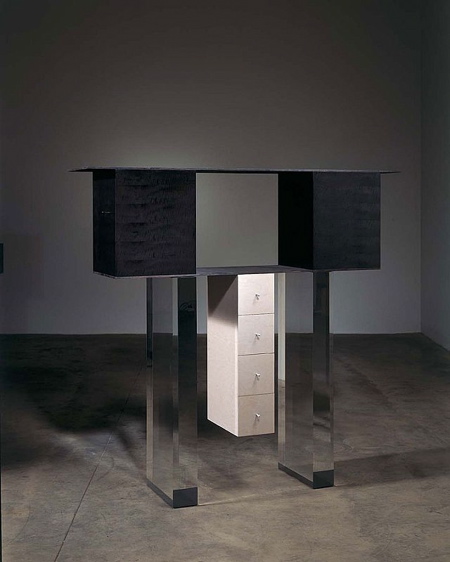
Exhibition Marks First Time Entire Series To Be Seen Publicly
September 19–October 27, 2007
New York – Friedman Benda will inaugurate the opening of its gallery with a seminal exhibition of new work by celebrated architect Ettore Sottsass. Created over the last three years, this body of work has never been shown publicly in its entirety. It marks the culmination of a series of limited edition furniture and glass works that Sottsass has spent the last fifteen years designing which have rarely been shown outside of museums.
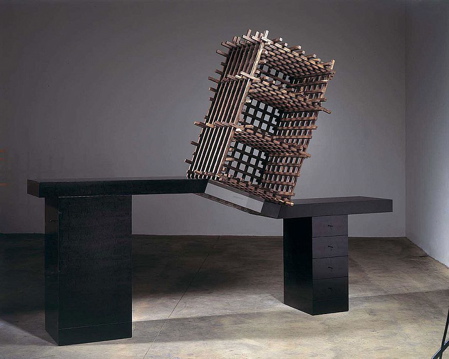
The exhibition will be on view from September 19–October 27, 2007. An opening reception will be held on September 19th at Friedman Benda, located at 515 West 26th Street.
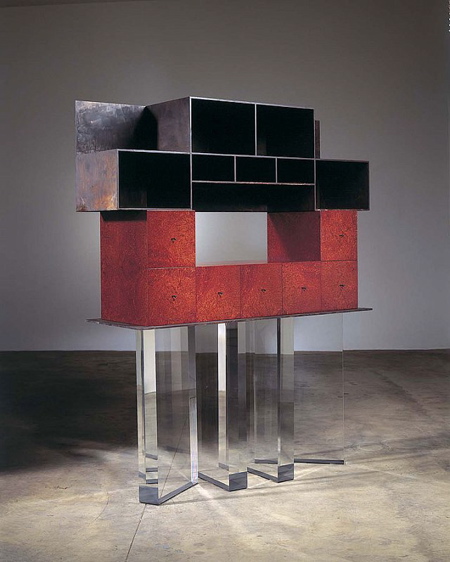
Recognized for his uniquely subversive and counterintuitive vision, at 90 years of age, Ettore Sottsass continues to be one of the most influential architects working today. This vision, expressed in the upcoming exhibition of new studio pieces, brings together a lifetime exploration of material, color and form into their most elegant and seductive application yet.
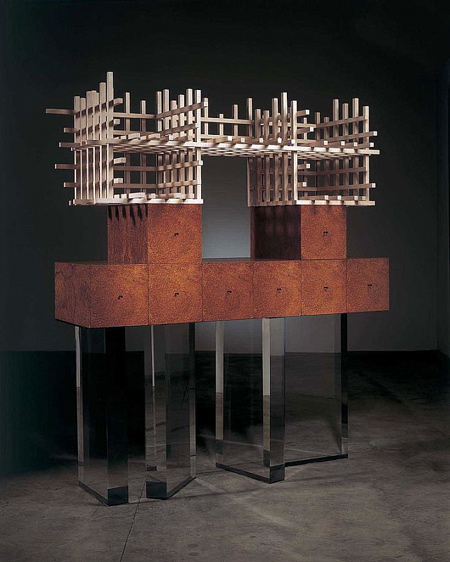
The cabinets, constructed with highly architectural properties yet seemingly unfettered by structural constraints, feel like intimate buildings. Some focus on the smooth surface of a single tropical wood, while others combine materials such as polished or patinated aluminum.
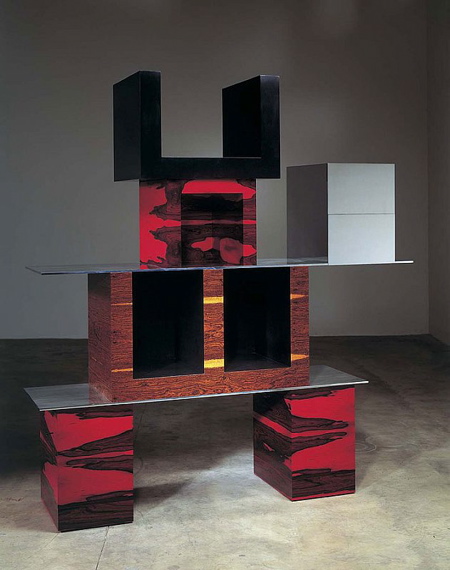
With legs made of huge slabs of seamless acrylic, some appear suspended in air. Up to ten feet high, some are monumental in size. Out of scale proportions and off-kilter details endow each design with a sculptural quality that entreats the viewer to explore every side. Even those that seem symmetrical at first glance, reveal elements askew when taken in at every angle.
The glassworks, Sottsass’ first in five years, combine various shapes and colors into his most intricate and dynamic exploration of the material. Sottsass first began working with glass in the early 1970s on Murano. Fascinated by its pre-formed fluid nature, glass became his most artistic vehicle for experimentation with color and form, and remains so today.
Contradicting prevailing modernist conventions, he began using wire and glue to assemble pieces together in the mid-1980s. This now iconic method is employed in many of the works in the new collection.
Earlier this year, a retrospective at the Design Museum London, Work in Progress, previewed three of the cabinets included in this exhibition. Not since MoMA’s influential exhibition Italy: The New Domestic Landscape (1972) and the first exhibition of Memphis (1981) has Sottsass created an exhibition of this scale.
About Ettore Sottsass:
One of the most significant counter-forces to modernism in the history of design, Ettore Sottsass has made monumental artistic contributions to every decade since his life in design began in Italy in 1945.
His remarkable career has produced a provocative body of work, including architecture, furniture, industrial design, glass, ceramics, painting, photography and a wealth of writings. With this work he has consistently intellectually and aesthetically challenged the conventional wisdom of forms and proportions for over 65 years.
Sottsass has been continually driven by what Penny Sparke aptly described in her essay for LACMA’s 2006 Sottsass retrospective as “a personal search for a new language of modern design." His rigorous pursuit has led to the creation of such groundbreaking movements as radical design, anti-design, and post-modernist architecture, which led to his founding Memphis in the early 1980s.
A central concern of much of Sottsass’ work has been the social, cultural and technical implications of architecture and design on the way people live and interact. He has been particularly affected by the new materials and technologies introduced during his lifetime.
His exploration of these elements has led him to apply both newfangled and historical materials in non-traditional ways. Color and form have played a role of equal importance in Sottsass’ work and he is well-known for embracing them with a similarly radical approach.
Throughout the entirety of his career, from early paintings of the 1930s to later works of architecture during the 1980s, Sottsass has used color to determine shapes within a composition and the relationship of exterior surface to interior function.
Sottsass’ remarkable career has produced a diverse array of commissions that have transformed architecture and design. Iconic built architectural works include Wolf House (1989) in Colorado and Milan’s Malpensa Airport (2000). Objects he designed for Alessi and electronic products for Olivetti, including his iconic Valentine typewriter, have changed the landscape of industrial design.
The Memphis movement, for which he is most popularly known, set the style for an entire decade. Celebrating his 90th birthday in September, Sottsass continues to produce work through Sottsass Associati, the architecture and design practice he founded in Milan in 1985.
About Friedman Benda:
Friedman Benda was founded in 2007 by Barry Friedman and Marc Benda as a venue for established and emerging designers and artists who push the boundaries of their mediums. The gallery features a program of rotating exhibitions of contemporary work by some of the world’s leading artists, architects, and designers. Friedman Benda is located at 515 West 26th Street in the Chelsea area of New York City. For more information please visit www.friedmanbenda.com